Cruise vacations promise exotic destinations and unforgettable experiences, but some ports of call seem designed to drain your wallet faster than a leaky ship. These destinations often charge premium prices for mediocre experiences, leaving passengers feeling like they’ve been taken for a ride before they even get back on board.
The cruise industry has transformed many once-authentic ports into commercialized tourist traps where everything costs twice what it should. Here is a list of 20 cruise ports that consistently disappoint visitors with overpriced attractions, inflated souvenir costs, and experiences that rarely justify their hefty price tags.
Nassau, Bahamas
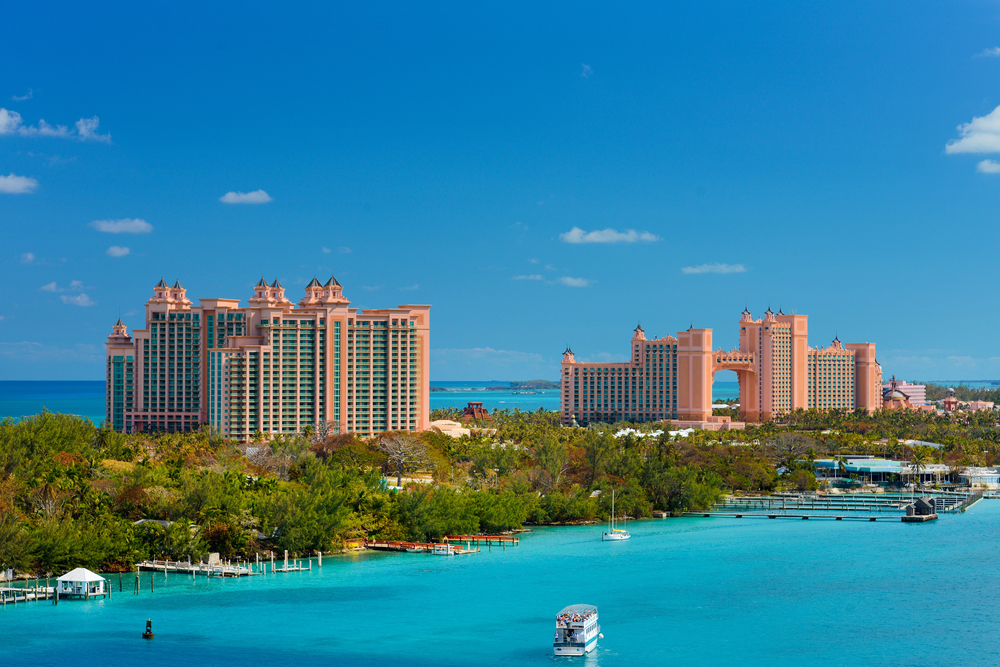
Nassau feels like a giant outdoor shopping mall designed specifically to separate cruise passengers from their cash. The moment you step off the ship, vendors swarm with overpriced trinkets while restaurants charge $25 for basic fish and chips that taste like they came from a freezer.
The famous Atlantis resort day pass costs over $200 per person, and you’ll spend most of your time walking through gift shops rather than enjoying actual attractions.
Cozumel, Mexico
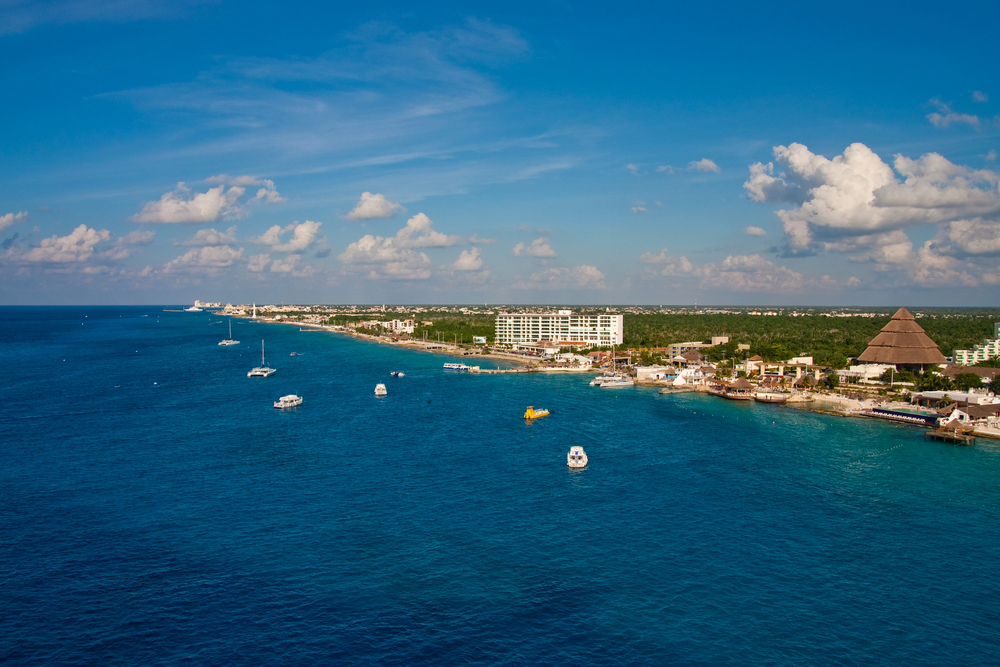
This Mexican island has become a factory for manufactured experiences that cost far more than they deliver. Shore excursions to ‘authentic’ Mayan ruins often involve hour-long bus rides to see underwhelming stone structures, while the popular beach clubs charge $60 per person for access to crowded sand and watered-down drinks.
The diving here used to be world-class, but now most operators cater to beginners with inflated prices and rushed experiences.
Like Travel Pug’s content? Follow us on MSN.
St. Thomas, USVI

Paradise Point Skyride markets itself as a must-see attraction, but you’ll pay $25 to ride a slow chairlift up a hill for views you can get for free from several other spots on the island. The duty-free shopping downtown is a myth—most prices match or exceed what you’d pay at home, especially once you factor in the poor quality of many items.
Even grabbing lunch costs a fortune, with basic sandwiches running $18–20 at most establishments near the port.
Barbados

The island’s most promoted attractions feel like expensive ways to waste precious port time rather than genuine cultural experiences. Swimming with sea turtles costs $85 per person for what amounts to a 20-minute encounter in murky water. At the same time, the ‘scenic’ island tours mostly involve sitting in traffic and visiting overpriced rum shops.
Local restaurants near the port charge resort prices without delivering resort quality, leaving many visitors hungry and disappointed.
Ocho Rios, Jamaica
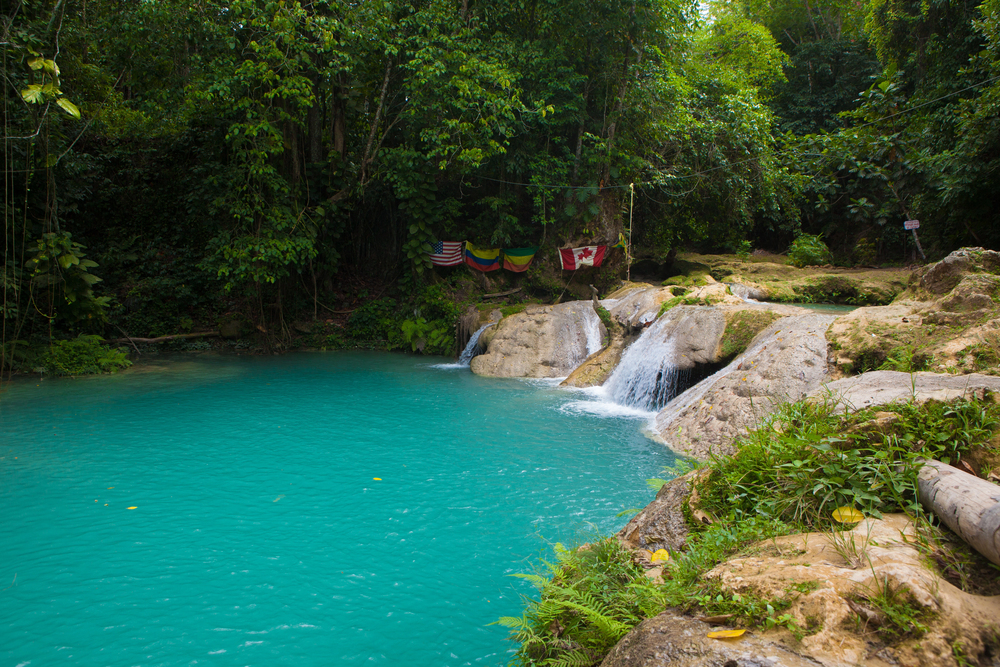
Dunn’s River Falls has become a tourist assembly line where you’ll pay $25 to climb slippery rocks alongside hundreds of other cruise passengers. The experience lasts maybe 30 minutes, and most of your day gets eaten up by transportation and waiting in lines. \
Shopping in the craft markets means aggressive haggling for items you can buy cheaper online. At the same time, the local restaurants serve bland ‘jerk’ chicken that bears little resemblance to authentic Jamaican cuisine.
Like Travel Pug’s content? Follow us on MSN.
Key West, Florida

For a domestic port, Key West charges international prices for everything from food to attractions. The famous glass-bottom boat tours cost $45 per person to look at fish that you could see for free while snorkeling anywhere else in the Caribbean.
Mallory Square’s sunset celebration involves paying premium prices for drinks while standing in crowds of other tourists, and most of the bars charge $15–18 for basic cocktails that taste like they came from a mix.
Royal Naval Dockyard, Bermuda
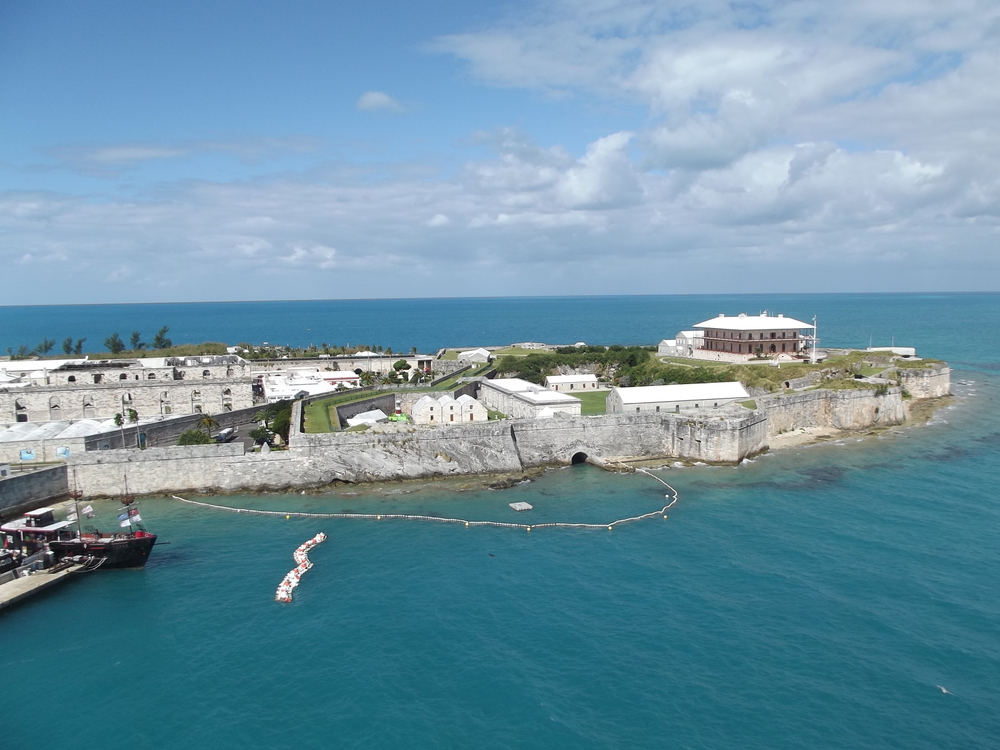
Bermuda’s isolation means everything costs more, but the Dockyard takes advantage of captive cruise passengers with particularly inflated pricing. A simple taxi ride to Hamilton costs $40 each way, while the beach clubs charge $50 per person just for access to sand and basic facilities.
The shopping here focuses on high-end items at prices that make airport duty-free shops look reasonable, and even grabbing a quick bite costs $20–25 for basic fare.
Philipsburg, St. Maarten
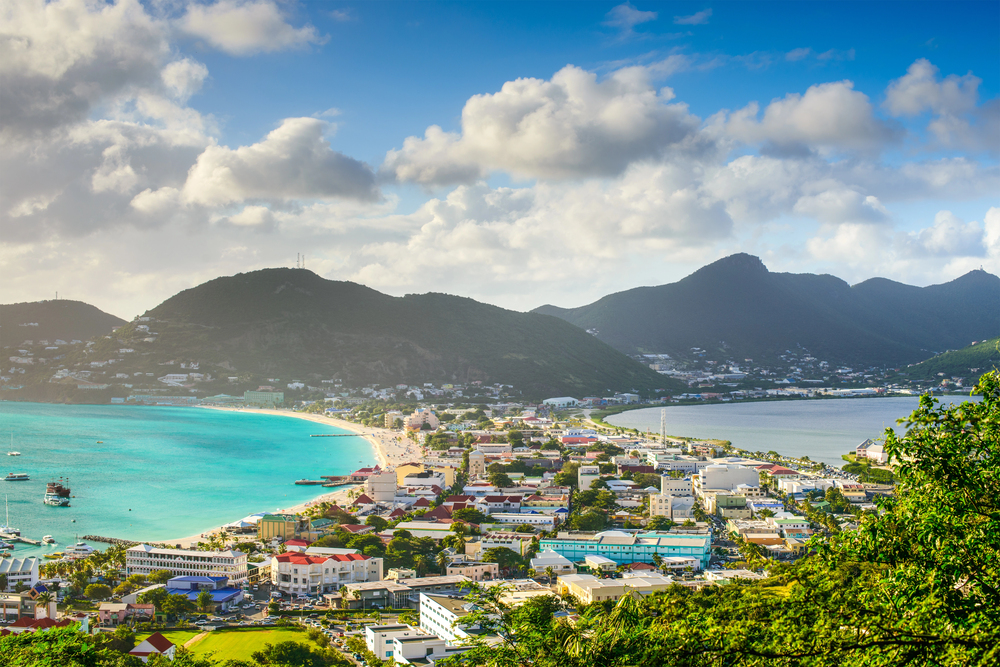
The Front Street shopping district feels like a duty-free trap where ‘deals’ rarely exist and everything costs more than advertised. Electronics and jewelry prices include hidden taxes that only appear at checkout, while the popular beach clubs on the Dutch side charge $40–50 per person for lounge chairs and subpar food service.
Maho Beach’s plane-watching experience comes with $12 beers and crowds so thick you’ll barely see the aircraft.
Like Travel Pug’s content? Follow us on MSN.
Roatan, Honduras
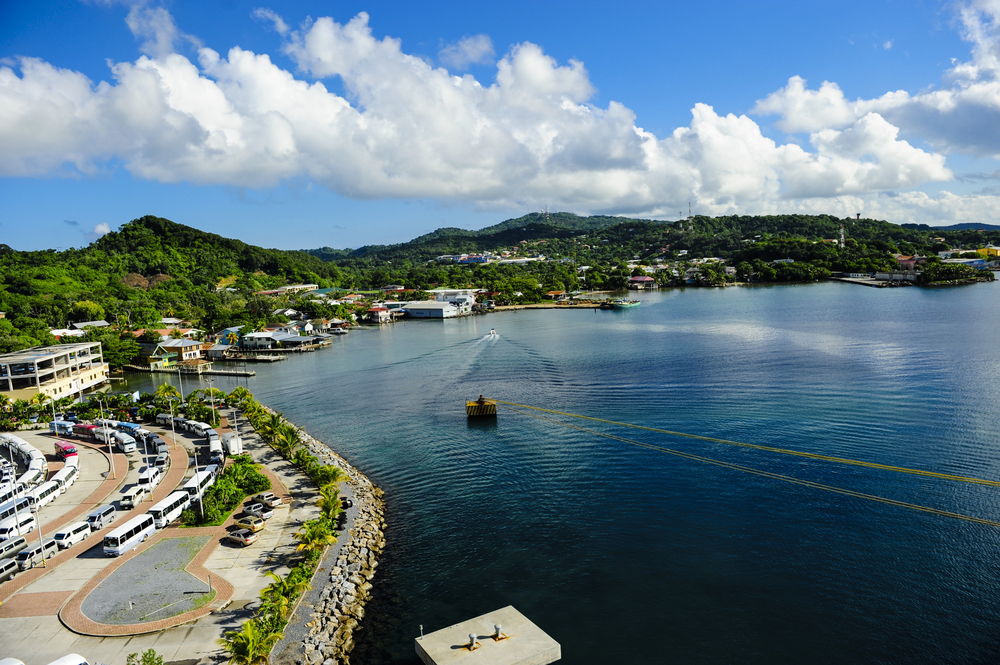
This Central American port markets itself as an affordable alternative to other Caribbean destinations, but cruise-specific pricing tells a different story. The Blue Channel zip-line experience costs $120 per person for a 10-minute ride, while snorkeling excursions charge $75 for trips to reefs that have seen better days.
Local restaurants near the port cater exclusively to cruise passengers with inflated menus and portion sizes that would make airline food look generous.
Costa Maya, Mexico
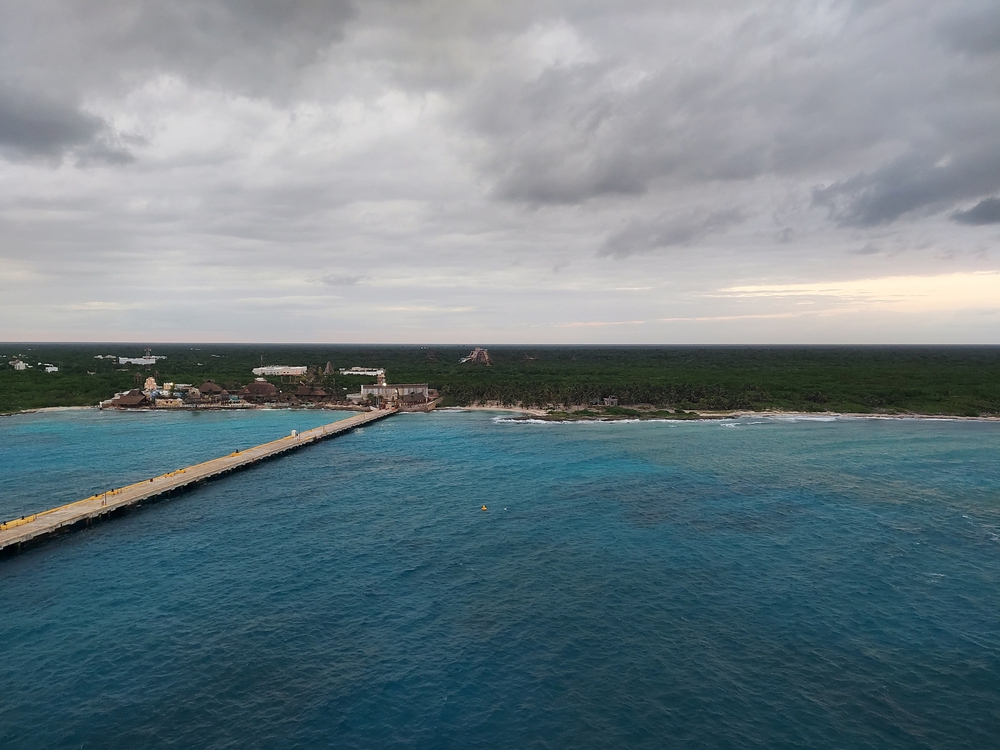
Costa Maya exists almost entirely for cruise ships, which means everything here exists to extract money from passengers during their brief visit. The beach club charges $45 per person for access to artificial sand and a crowded pool, while the Mayan replica ruins cost $35 to walk through structures built specifically for tourists.
Shopping here involves the same mass-produced ‘Mexican’ crafts you’ll find at every other cruise port, just with different price tags.
Cabo San Lucas, Mexico
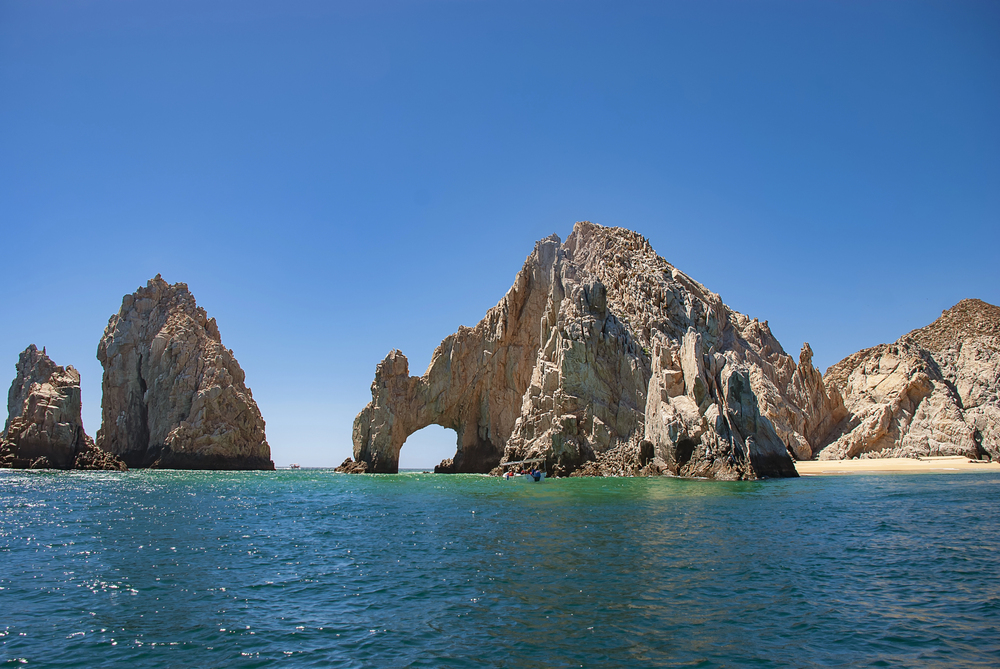
Los Cabos has evolved into a destination where everything caters to cruise passengers with more money than time. The famous Arch boat tours cost $60 per person for a 45-minute ride to see a rock formation, while the beach clubs charge $25 just for a lounge chair before you even buy overpriced drinks.
Local restaurants have adjusted their pricing to cruise schedules, meaning lunch costs twice what locals pay and often delivers half the flavor.
Like Travel Pug’s content? Follow us on MSN.
Juneau, Alaska
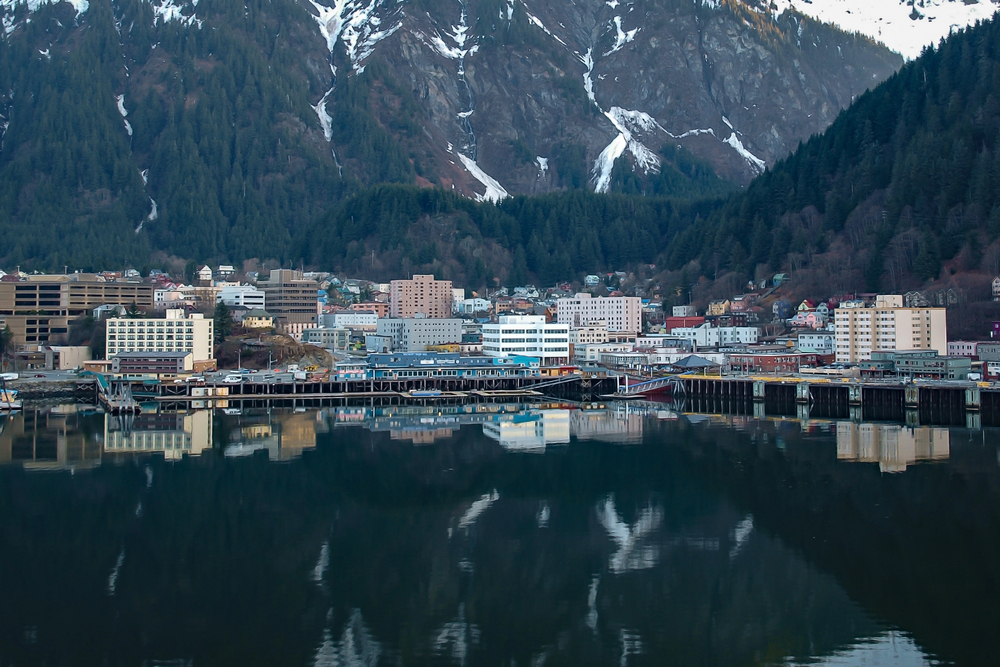
Alaska’s capital city has perfected the art of selling wilderness experiences at premium prices to time-pressed cruise passengers. Helicopter tours cost $400+ per person for 20 minutes of actual flight time, while whale watching excursions charge $180 for trips that often result in distant glimpses of marine life.
The local shops sell ‘authentic’ Native American crafts, mostly made in China, and even basic meals cost $25–30 per person in restaurants that know you have limited dining options.
Ketchikan, Alaska
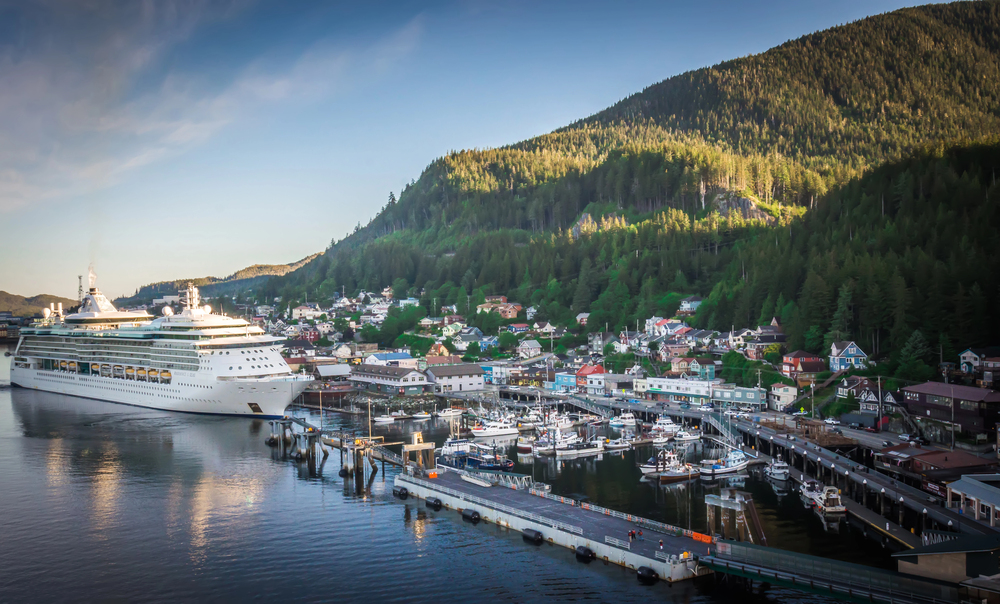
The ‘Salmon Capital of the World’ has become a salmon capital of tourist traps where everything revolves around separating visitors from their vacation budget. Lumberjack shows cost $40 per person for campy entertainment that lasts 45 minutes, while the totem pole parks charge admission to see carved poles surrounded by gift shops.
Local salmon costs more here than in most mainland restaurants, and the famous Creek Street shopping district prices items like you’re buying souvenirs on Mars.
Castries, St. Lucia
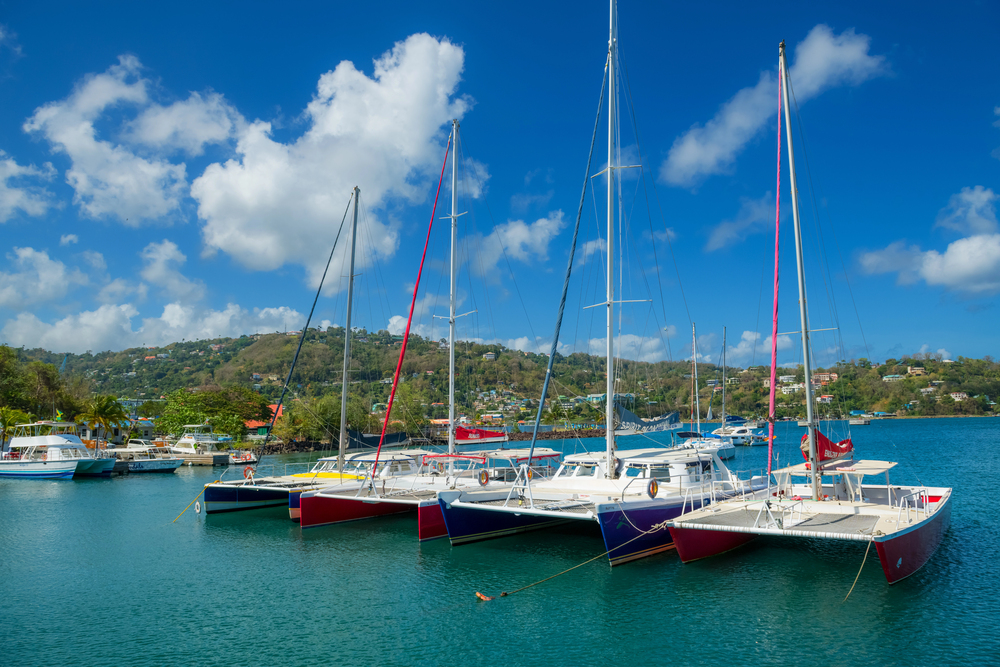
St. Lucia’s natural beauty gets overshadowed by tour operators who charge premium prices for experiences that underwhelm. The Pitons boat tour costs $95 per person to see the mountains, and you can photograph for free from dozens of vantage points.
At the same time, the rainforest zip-line adventures charge $130 for activities that are available cheaper in Costa Rica or other destinations. Local beaches require expensive taxi rides, and most restaurants near the port serve mediocre Caribbean food at resort prices.
Like Travel Pug’s content? Follow us on MSN.
Oranjestad, Aruba
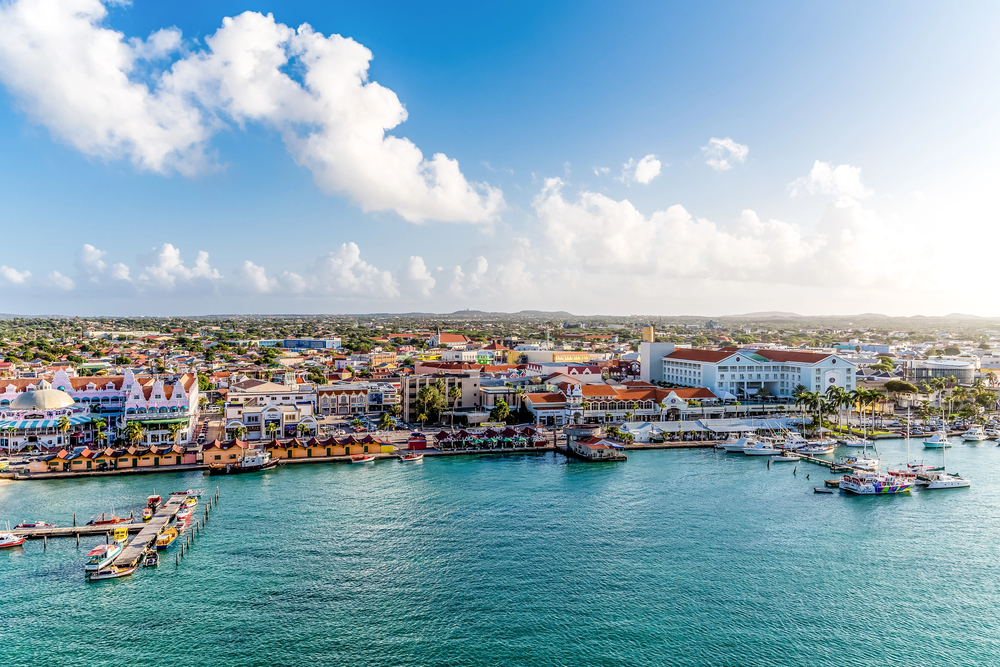
Aruba’s main town has transformed into a shopping center where ‘duty-free’ prices often exceed regular retail costs back home. The butterfly farm charges $17 per person for a 20-minute walk through a greenhouse, while most beach excursions involve expensive taxi rides to crowded shores with $10 umbrella rentals.
Restaurants cater to cruise schedules with rushed service and inflated prices, especially for dishes that should showcase the island’s Dutch and Caribbean influences.
Willemstad, Curacao

The colorful Dutch colonial architecture provides great photo opportunities, but most activities here cost more than they’re worth. Floating market visits involve aggressive vendors selling overpriced spices and trinkets, while the popular Seaquarium charges $35 per person to see fish in tanks when better snorkeling exists for free elsewhere.
Local restaurants serve fusion cuisine at prices that reflect tourism rather than local food costs, and transportation around the island quickly adds up.
George Town, Grand Cayman
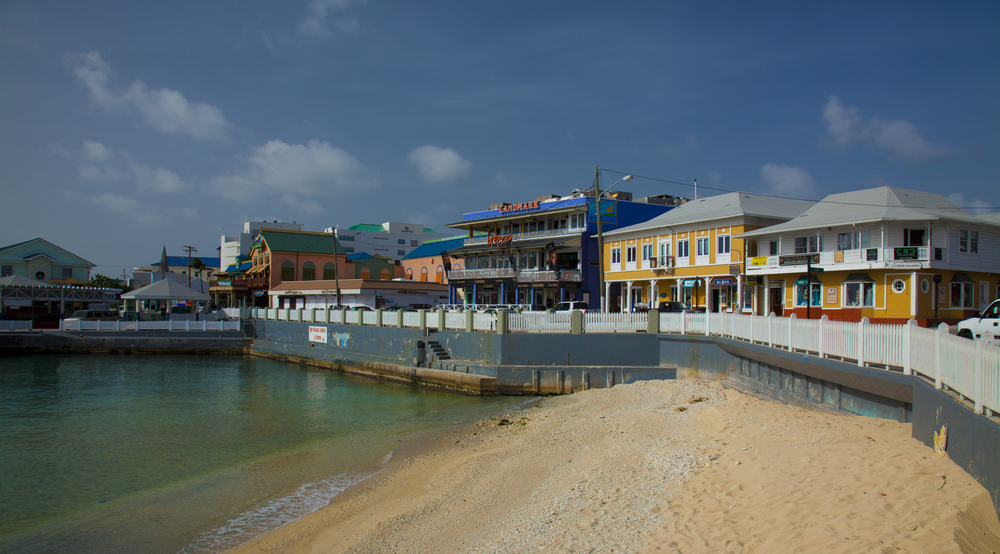
Grand Cayman has earned a reputation as one of the Caribbean’s most expensive destinations, and the cruise port experience reflects those high costs. Stingray City excursions cost $65–85 per person for 30 minutes of interaction with rays in increasingly crowded waters.
The Seven Mile Beach requires expensive ground transportation, and once there, you’ll pay resort prices for food and drinks without staying at a resort. Even basic souvenirs cost twice what you’d expect, thanks to the island’s high cost of living and import duties.
Like Travel Pug’s content? Follow us on MSN.
Belize City, Belize

Central America’s cruise gateway disappoints visitors with high prices for experiences that don’t match the marketing hype. Cave tubing adventures cost $110 per person for activities that involve more sitting in buses than actual cave exploration.
The Mayan ruins at Altun Ha require expensive guided tours to see structures less impressive than photos suggest, while local restaurants charge premium prices for food quality that varies wildly. Shopping opportunities focus on mass-produced crafts rather than authentic Belizean culture.
Progreso, Mexico
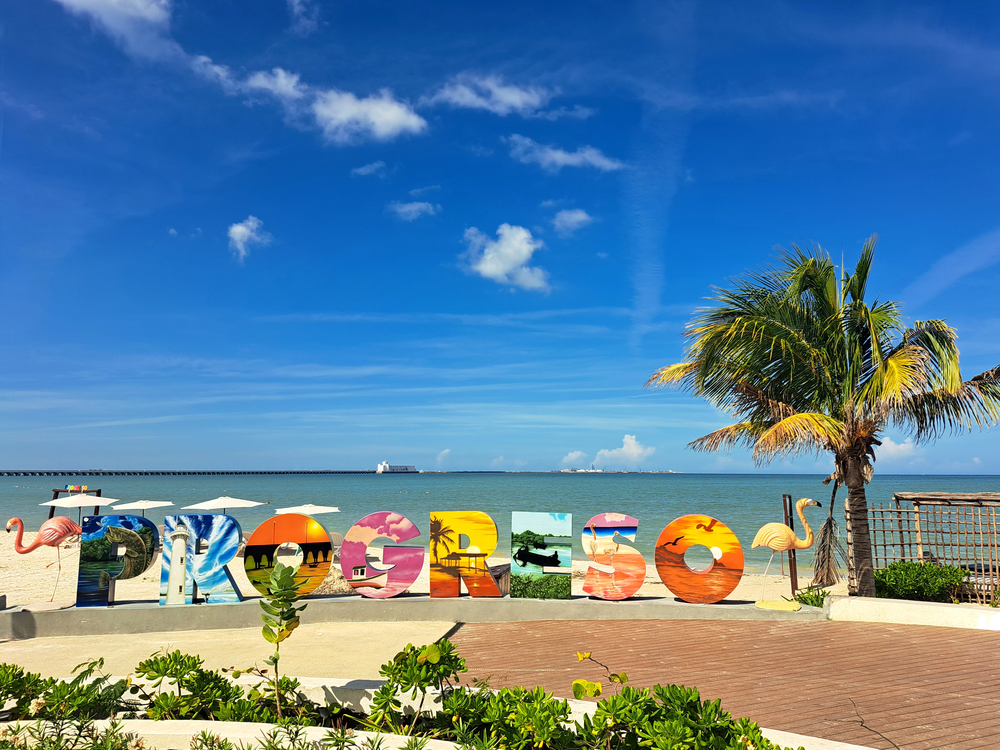
This Yucatan port exists primarily to serve cruise ships, which means everything here targets passengers with limited time and inflated budgets. Chichen Itza day trips cost $120+ per person but involve hours of bus travel for rushed visits to crowded ruins.
The local beach scene charges admission fees for sandy areas that should be free, while restaurants serve ‘authentic’ Mexican food that tastes suspiciously similar to chain restaurant fare. Shopping focuses on the same sombreros and t-shirts available at every Mexican cruise port.
Half Moon Cay, Bahamas
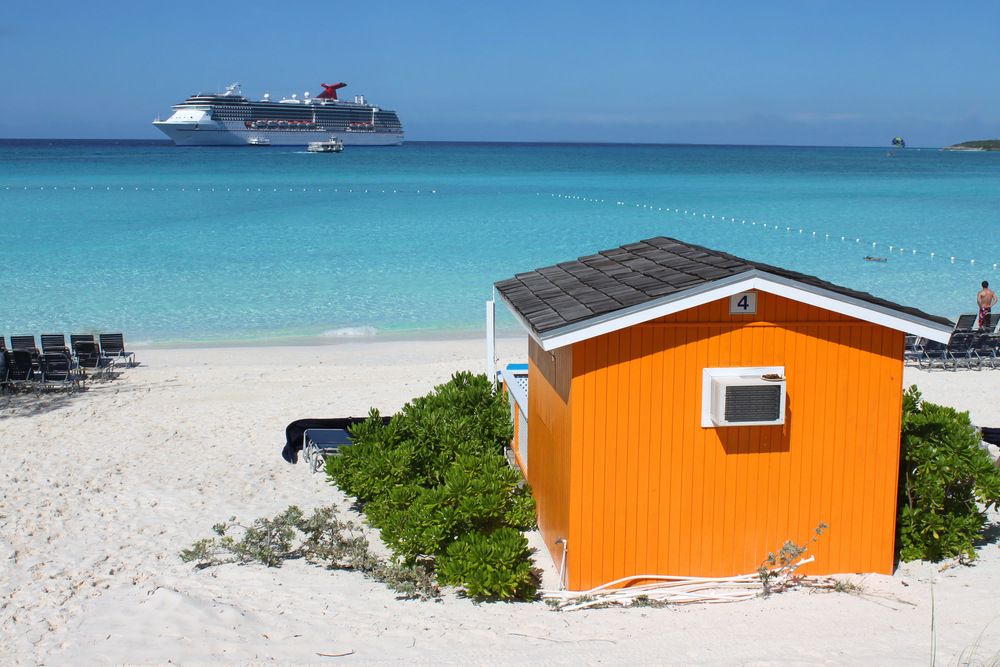
Disney and Holland America’s private island represents everything wrong with cruise port pricing wrapped in artificial paradise packaging. Beach chair rentals cost $25 per day for chairs on sand that should be free, while water sports equipment charges premium prices for basic kayaks and snorkel gear.
The barbecue lunch costs extra despite being marketed as ‘included,’ and even basic drinks come with resort-style markups that make you question whether you’re still in the Caribbean or some elaborate theme park.
Like Travel Pug’s content? Follow us on MSN.
When Paradise Became a Business
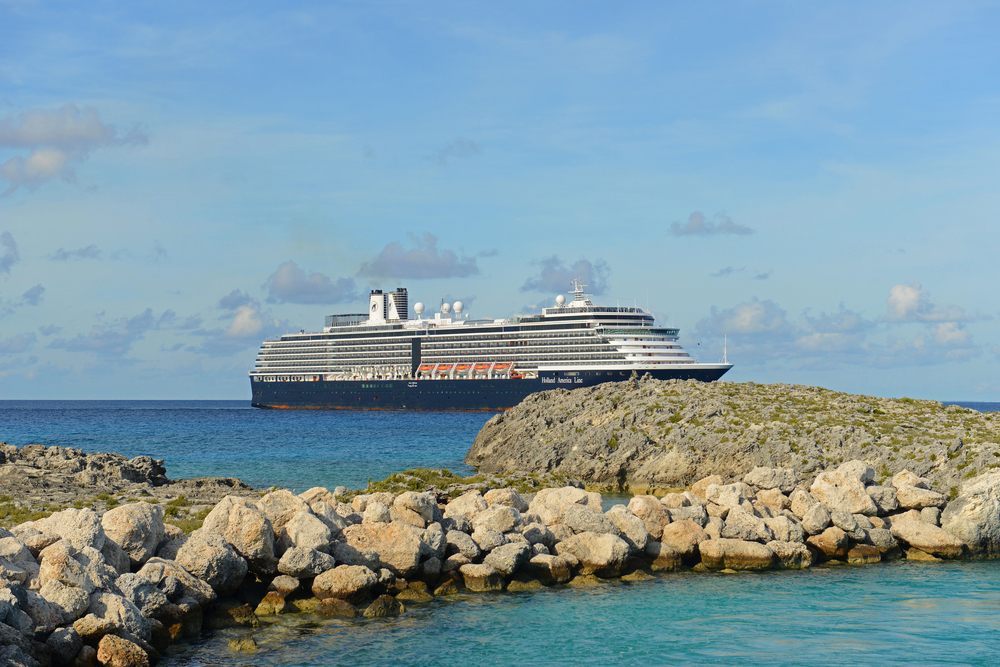
These ports represent a fundamental shift in how cruise destinations operate, moving from authentic cultural experiences to carefully orchestrated revenue generators. What once offered genuine interactions with local communities has evolved into sanitized shopping experiences designed to maximize spending during brief visits.
The cruise industry’s growth has created artificial demand that allows these destinations to charge premium prices for increasingly generic experiences. Modern cruise passengers often find themselves paying more for less authenticity, leaving ports with lighter wallets and diminished expectations of what travel should provide.
More from Travel Pug

- 20 Best Beach Towns in the Carolinas
- 13 Destinations Where Tourists Regularly Regret Their Trip
- 20 Things You Actually Get in First Class
- 20 Small Airports With Aviation Museums
- 20 Places in the U.S. That Are Perfect for a Reset Trip
Like Travel Pug’s content? Follow us on MSN.
